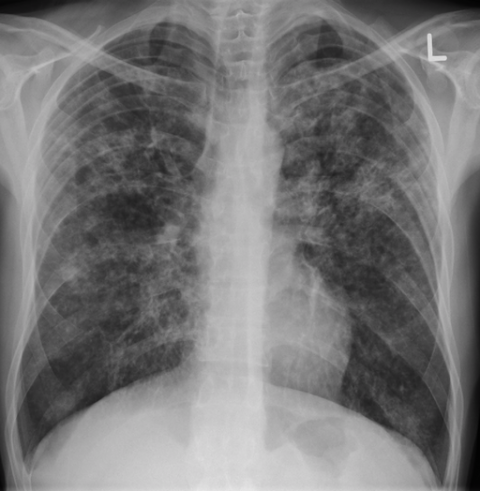High incidence of tuberculosis in people with diabetes points to benefits of preventive therapy

With tuberculosis in the news over the last week as the price of a crucial drug to prevent the disease – the leading cause of death from infectious disease worldwide – will be cut by two-thirds, we look at TB in Indonesia, the overlap with diabetes and the potential benefits of preventive therapy.
Globally, around 10 million people develop TB each year. The majority of these people live in countries such as India, China and Indonesia. About one-fourth of the world’s population, or 1.7 billion individuals, have latent TB infection (LTBI).
Although people with LTBI do not have symptoms and are not infectious, they are at increased risk of developing TB with about 5-15% progressing to TB disease during their lifetime. Furthermore it has been shown that strategies to address the huge reservoir of LTBI in the world will be crucial to TB elimination.
People with diabetes three times more likely to develop TB
Our previous studies suggested the people with diabetes in countries with a lot of TB might benefit from preventive treatment if they have LTBI. A main healthcare intervention to prevent TB disease is treatment of LTBI.
This is strongly recommended by the World Health Organization (WHO) for two main groups: people living with HIV, and children aged under five who live in households with people with TB disease. But expansion to other groups is important to have a global impact on LTBI.
A third group who might also benefit from LTBI preventive treatment are people living with diabetes who are approximately three times more likely to develop TB than those without diabetes.
Our previous study of people with diabetes in Bandung, Indonesia showed that while the prevalence of LTBI was lower than in household contacts (another high-risk group for TB disease), people with diabetes were more likely to have TB disease, making them an even better group for preventive treatment. In this respect they are similar to people living with HIV, in whom TB preventive therapy in TB-endemic settings is now regarded as standard practice.
Huge global increase of people living with diabetes
With numbers of people with diabetes soaring globally – not just in developed countries, the healthcare sector must look at responding to the millions more people who will be living with communicable and non-communicable diseases simultaneously. Indeed, according to the WHO the number of people with diabetes has risen from 108 million in 1980 to 422 million in 2014 and the global prevalence of diabetes among adults over 18 has risen from 4.7% in 1980 to 8.5% in 2014.
In this study in Bandung city, Indonesia, we followed up 590 people with diabetes who had no evidence of TB at baseline. Within a follow-up time of approximately 3.5 years, 11 people were diagnosed with TB, as established through asking about symptoms, as well as chest x-ray and sputum examination.
While this is not a large number of people, the incidence rate was estimated to be 9.85 per 1,000 person-years (a term used to defne the number of people at risk over a period of time). Moreover, the incidence rate was higher, although not statistically significant, in those who had tested positive for LTBI at baseline (17.13 per 1,000 person-years) compared to those who had tested negative (4.79 per 1,000 person years).
Next steps in control of TB patients with diabetes
This study paves the way for more formal evaluation of preventive treatment in people with diabetes in Indonesia and other countries with a lot of TB. Such a high incidence rate, and considering that this incidence rate was higher in those who had a positive test for LTBI at baseline, indicates that preventive therapy in this group could be effective at reducing TB disease.
There are treatment regimens shown to be effective at reducing TB disease in people living with HIV and other individuals, but it is unclear how effective these regimens are in people with diabetes, how they perform, and what possible adverse events may occur.
A randomised controlled trial in a diabetes population in high TB-burden settings would provide this information and is an important next-step in the control of TB in patients with diabetes. This is intended for two countries in Africa and planning is currently underway. We are also seeking funding for a randomised controlled trial in Asia.
This is an important next step for healthcare providers and the healthcare system in addressing an issue that could be hugely costly financially, as well as in terms of lives lost.
